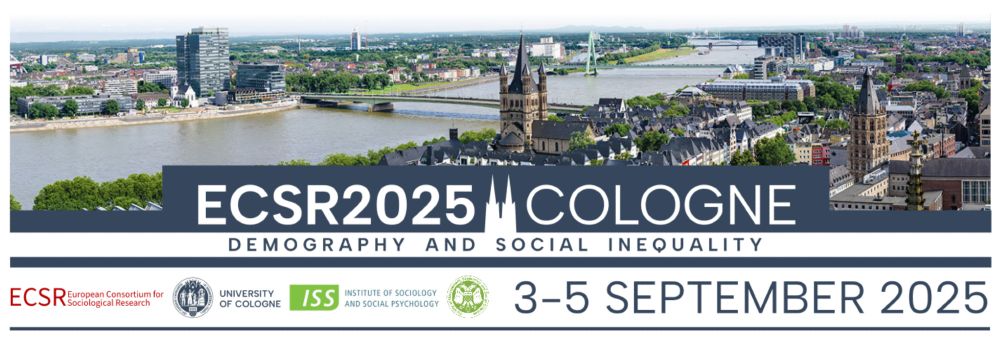Kasimir Dederichs
@kasimirdederichs.bsky.social
400 followers
420 following
24 posts
Postdoctoral Prize Research Fellow in Sociology at @NuffieldCollege @UniofOxford | social integration, voluntary organizations, residential segregation, intermarriage
Posts
Media
Videos
Starter Packs
Pinned
Reposted by Kasimir Dederichs
Reposted by Kasimir Dederichs
Reposted by Kasimir Dederichs
Reposted by Kasimir Dederichs
Christiaan Monden
@cmonden.bsky.social
· Jul 23
Sociology Visitorships - Nuffield College Oxford University
The Nuffield College Sociology Group invites applications for a Visitorship at the College during the 2026-27 academic year (between early October 2026 and late June 2027).
www.nuffield.ox.ac.uk
Reposted by Kasimir Dederichs
Reposted by Kasimir Dederichs
Tom Emery
@drtomemery.bsky.social
· Jan 22
ODISSEI
@odissei.bsky.social
· Jan 22

SICSS-ODISSEI Summer School 2025 - ODISSEI – Open Data Infrastructure for Social Science and Economic Innovations
From 16 to 27 June 2025, ODISSEI is hosting its fourth summer school at Erasmus University in Rotterdam, as part of the Summer Institutes in Computational Social Science (SICSS) and the Erasmus Gradua...
edu.nl
Reposted by Kasimir Dederichs









